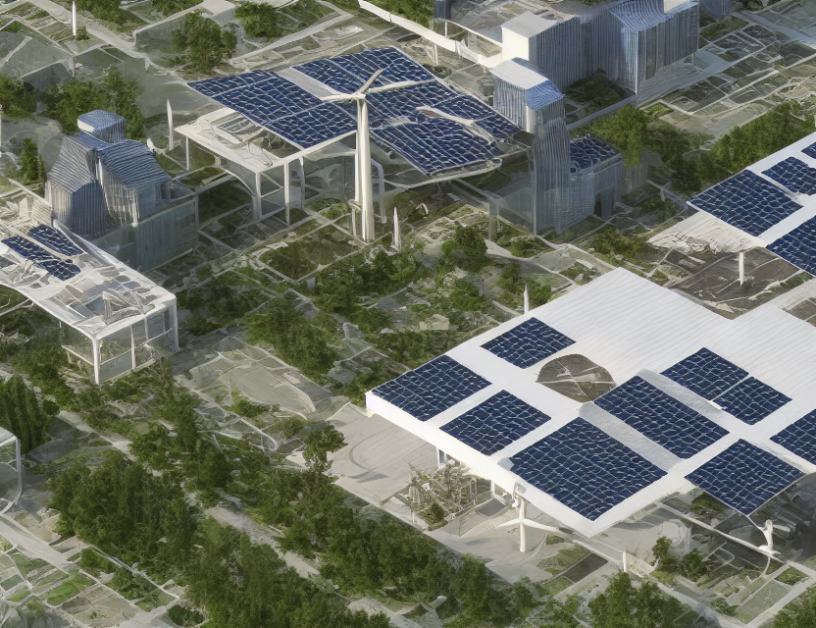Energy-efficient buildings are crucial for decarbonizing our energy systems, but they also present a challenge. Buildings consume a significant portion of the energy produced, and managing their energy consumption is essential to reduce greenhouse gas emissions. One approach to addressing this challenge is demand-side management, which involves adjusting the energy demand of end-users to stabilize energy systems. This article explains the potential of demand-side management in buildings and how it can be unlocked with the help of modern technologies.
Firstly, the article highlights the significant contribution of buildings to total energy consumption in Europe, accounting for about half of the energy used. Moreover, many buildings will soon be equipped with building automation and control systems, making it possible to improve energy management strategies. This presents an opportunity to unlock the energy flexibility of buildings and promote decarbonization by solving grid congestion, a current challenge in the Netherlands.
The article then defines the concept of demand-side management and explains how it differs from supply-side management. Demand-side management involves modifying end-users’ energy consumption patterns to stabilize energy systems, whereas supply-side management focuses on adjusting energy generation and supply according to end-users’ needs.
Next, the article explores the flexibility potential of buildings, which can be summarized into three main parameters: capacity, duration, and starting time instant. These parameters describe the energy flexibility of buildings and are essential for managing energy demand effectively.
Finally, the article decomposes the power from the grid into two parts: the steady-state power (¯w) and the momentary power (M ˜w). This decomposition is crucial in understanding how to manage energy consumption in buildings.
In summary, this article provides a comprehensive overview of the potential of demand-side management in buildings. By leveraging modern technologies and understanding the flexibility potential of buildings, it is possible to unlock energy efficiency and promote decarbonization. The use of everyday language and engaging analogies helps to demystify complex concepts, making the article accessible to a wide range of readers.
Electrical Engineering and Systems Science, Systems and Control
Unlocking Energy Flexibility in Buildings: A Key to Decarbonizing Energy Systems



